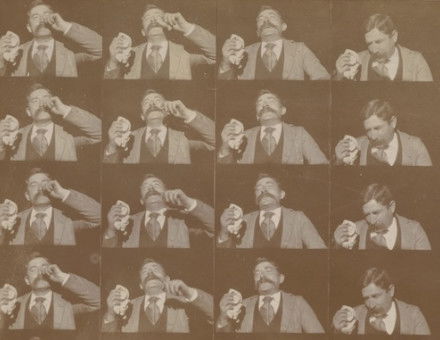Victorian Crime
Clive Emsley argues that nineteenth-century perceptions owed more to media-generated panic than to criminal realities.
Criminal statistics are notorious for their unreliability. How, for example, can we have statistics for perfect murders since, by definition, the perfect murder is never discovered. Yet if the statistics of Victorian crime can be taken as telling us (and the Victorians) anything, then the message was that homicide was not particularly serious, and that its incidence was declining from the middle of the century; in the 1860s the annual rate of homicides known to the police was 1.7 per 100,000 of the population, in the 1890s it was 1 per 100,000. Moreover, if we probe into the individual homicides in the criminal statistics, we find that a majority were committed within the family or amongst acquaintances. Serial killers, like Cream, appear to have been rare though, of course, when they did appear, the newspaper press exploited the horrors to the full, and readers lapped up the grisly details: the Ratcliffe Highway murders in December 1811; Mary Ann Cotton who was executed in Durham Gaol in March 1873 after allegedly murdering perhaps as many as twenty – husbands, lovers, children and step-children; and, of course, Jack the Ripper in 1888.





